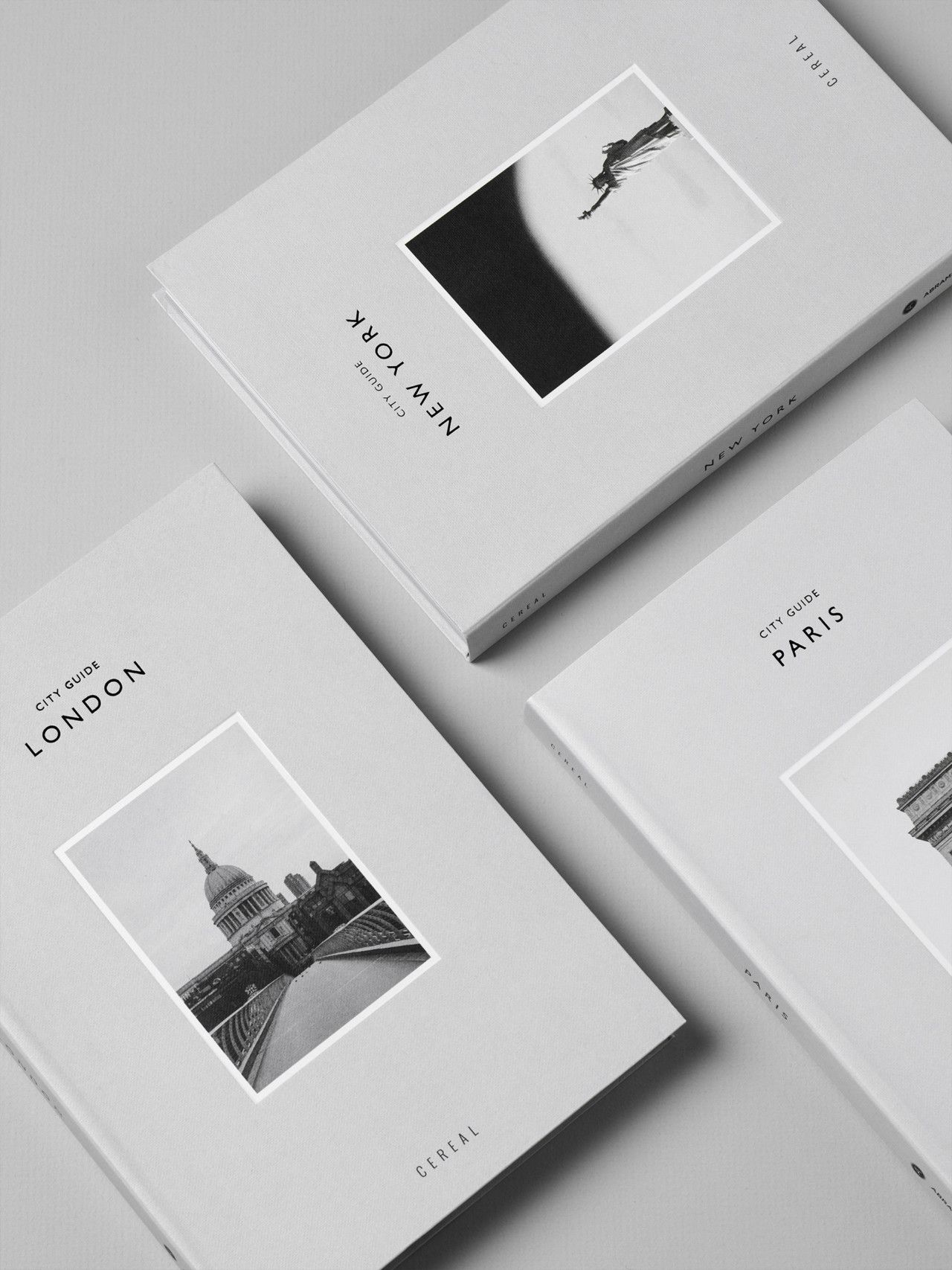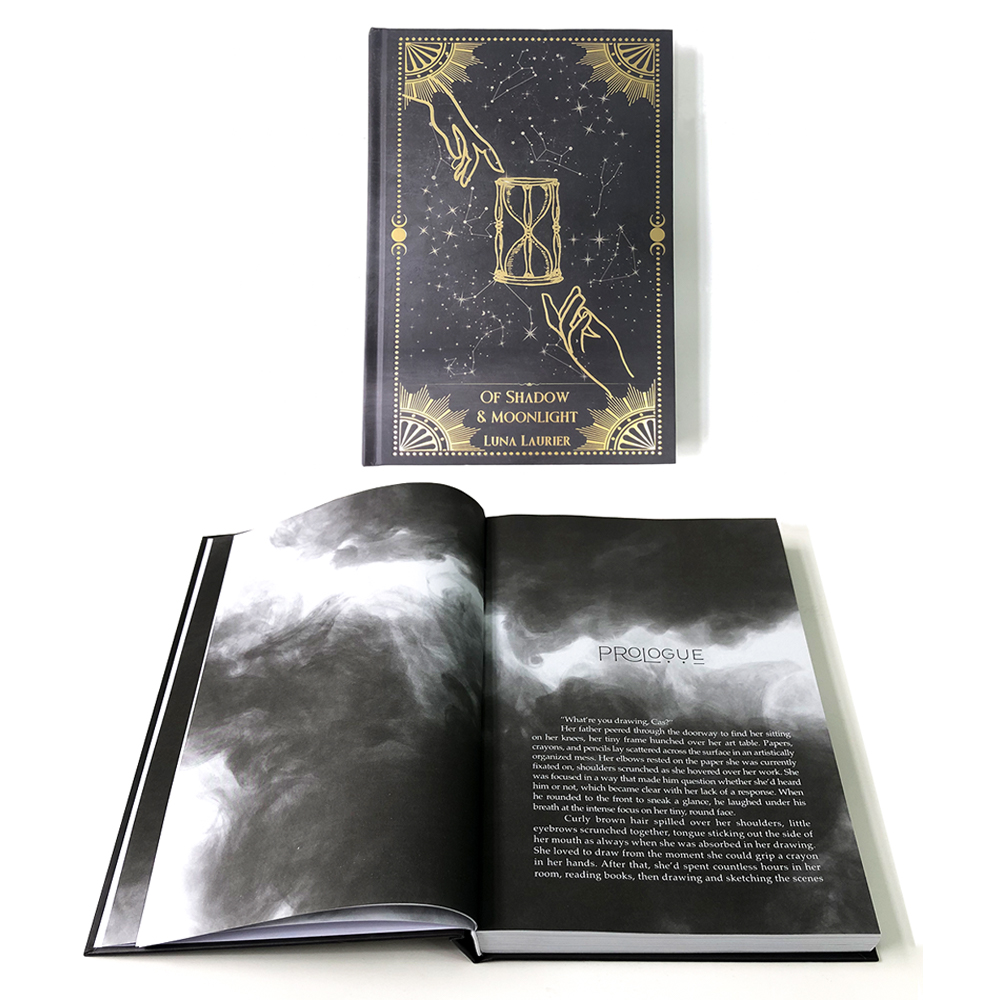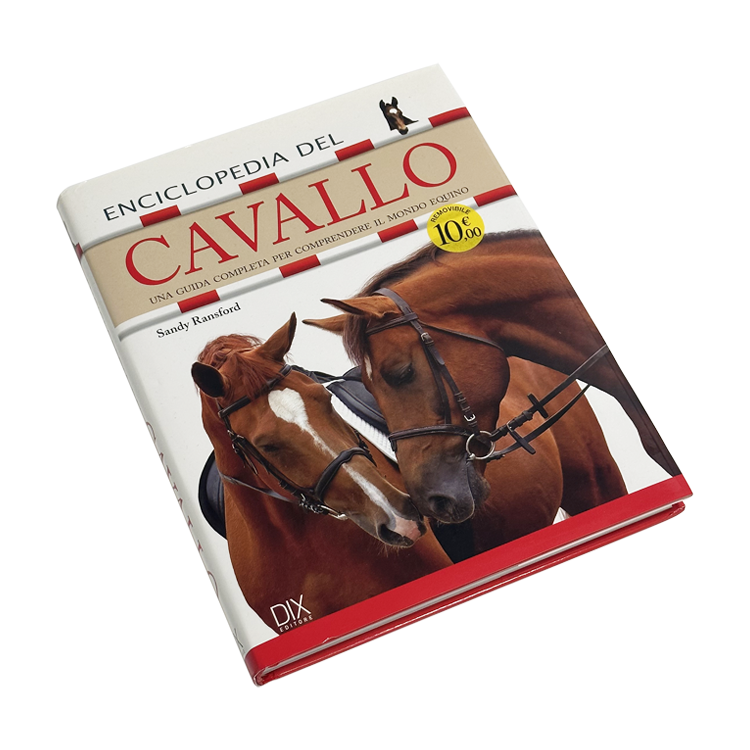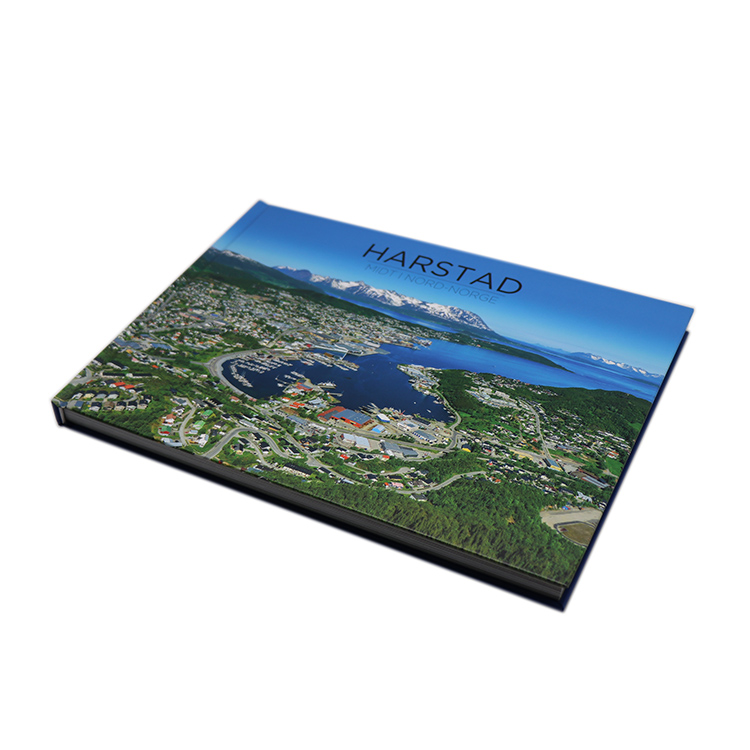¿Cómo la impresión redujo el costo de los libros?
Whether you’re an aspiring author planning to print your first novel, a business preparing a product catalog, or anyone in need of professional book printing, understanding the factors that influence printing costs is essential for making informed decisions. Book printing can vary widely in price based on several specifications, from the number of books ordered to the type of paper and binding style you choose. Knowing how these factors affect the cost will help you maximize your budget and achieve high-quality results without overspending.
In this guide, we’ll break down the key factors that influence book printing costs, so you can make the best choices for your project. We’ll also cover how to balance these factors with your goals to ensure a cost-effective solution that still delivers excellent quality.
Tabla de contenido
Order Quantity: How the Number of Copies Affects Price
When it comes to book printing, order quantity is one of the most significant factors influencing the price. The more copies you print, the lower the cost per unit—up to a point. This is due to the economies of scale, meaning that large print runs distribute the initial setup costs over a greater number of books, leading to a reduced unit cost.
For instance, printing 2,000 copies will result in a far lower cost per book than printing just 200 copies. Larger print runs typically require offset printing, which has higher setup costs but offers fast production once the machine is running. In contrast, smaller runs are best suited for digital printing, which lacks the need for printing plates but does not achieve the same cost efficiencies at larger volumes.
Key Tip: Avoid over-ordering books to reduce unit costs. Printing more than you actually need can lead to an overstock of unsold books, which can negate any savings from a lower per-unit price.
Page Count: How the Thickness of the Book Impacts Cost
The number of pages in your book directly affects the overall cost, as more pages require more paper, ink, and binding time. Additionally, thicker books weigh more, which can increase shipping costs.
While longer books might seem like a better value, it’s important to focus on concise content that adds real value. Avoid filler or redundant content that unnecessarily inflates page count. Strive for clarity and brevity—whether your book is long or short, it should only contain content that serves a clear purpose.
Considerations for Page Count: Some authors or publishers may be tempted to shrink margins or use smaller fonts to reduce page count, but this can make the book harder to read. Stick to a font size of 10pt to 12pt for readability, and ensure margins provide enough white space for comfortable reading.
Book Dimensions: How Size and Orientation Affect Printing Costs
The size of your book plays a vital role in its production cost. Larger books naturally use more paper, which drives up costs. In addition to size, the orientation of the book—whether portrait or landscape—also impacts cost.
Most printing equipment is optimized for portrait-oriented books, as this format is more common. Printing landscape books requires more specialized equipment and often incurs higher costs due to the extra adjustments needed in both paper handling and binding.
Optimal Size: Consider standard book sizes for your project to save money. If you’re not sure about the dimensions that would work best for your book, your printer can offer recommendations based on your content type.
Paper Type: How Paper Choice Influences Cost
The type of paper you choose will heavily impact your printing budget. Specialty papers, such as textured, glossy, or high-quality finishes, can give your book a premium look but come at a higher cost. Recycled papers are an eco-friendly option, though they can sometimes be more expensive than virgin paper due to the longer manufacturing process.
If you’re flexible about the type of paper, selecting standard or house stock that the printer already has in inventory could help reduce costs. However, if you have a specific brand or finish in mind, be prepared for a potential increase in price.
Eco-Friendly Option: Recycled paper is a great choice if you want to create an environmentally conscious product. But keep in mind that it might cost more than non-recycled paper, so factor that into your budget.
Ink Colors: How Color Choices Affect Price
Ink usage is another factor that can significantly affect the cost of book printing. Full-color printing, or 4-color process printing, involves combining four primary colors (Cyan, Magenta, Yellow, and Black) to produce vibrant images. While the cost of full-color printing has decreased over the years, it still tends to be more expensive than black-and-white or grayscale printing.
Books that require color throughout, such as children’s books, cookbooks, or photo books, will naturally incur higher costs due to the increased ink usage. On the other hand, most novels, autobiographies, and instructional guides are printed in black ink or grayscale to keep production costs down.
Consider PMS Colors: If your book requires precise branding or colors, you might opt for Pantone Matching System (PMS) colors. These are premixed colors used to ensure consistency. However, printing with PMS colors can be more expensive than standard 4-color printing, depending on the colors selected.
Binding Style: How Binding Affects the Final Cost
The type of binding you choose for your book is another cost determinant. Hardcover books are durable and offer a premium feel but come at a higher cost due to the complex manufacturing process. Softcover options like perfect binding are more affordable, while saddle-stitching (used for smaller books with fewer pages) is the most economical choice.
Other binding styles, such as spiral coil or Wire-O binding, can also affect your budget. While spiral coil binding provides durability and a distinct look, it tends to be more expensive than simple saddle-stitching.
Binding Considerations: Choose a binding style that suits your budget and the nature of your book. For thicker or hardcover books, perfect binding or hardcover binding might be the best choice, while smaller books or those with less content may do well with saddle-stitching.
Special Enhancements: How Extras Like Coatings and Embellishments Influence Cost
Specialty finishes and enhancements can elevate your book’s aesthetic and tactile appeal. Options such as gloss or matte coatings, foil stamping, embossing, and spot UV treatment can add a unique touch to your book, making it stand out on the shelf.
However, these enhancements come with an added cost, so consider them carefully depending on your target audience and the overall look you want to achieve. If your book is a limited edition or a high-end product, these enhancements may be well worth the investment.
Enhancement Ideas: If you’re publishing a special edition or a high-end product, you might consider adding foil stamping or embossing to the cover. These options can enhance the visual appeal and add prestige to your book.
Costos adicionales a considerar
Aside from the factors mentioned above, there are a few other potential costs that could affect your final price:
- Shipping Costs: Heavier books or large quantities can significantly increase shipping expenses.
- Artwork or Design Costs: If you’re hiring a designer or illustrator for your book cover or interior design, these services can add to the overall cost.
- Proofing and Setup Fees: Some printers may charge for proofs, setup, or revisions before printing the full run.
Conclusion: Striking a Balance for the Best Printing Solution
When considering book printing costs, it’s crucial to balance the various factors—such as quantity, page count, paper type, and binding style—with your project goals and budget. With careful planning and understanding of these variables, you can find a solution that meets both your quality and cost expectations.
Remember, it’s often better to start small with digital printing and increase your order size once you’re confident in the demand for your book. By doing so, you can reduce initial costs while still ensuring a professional and high-quality end product.
Preguntas frecuentes
1. What is the best print method for small runs?
For small print runs, digital printing is typically the most cost-effective method. It doesn’t require the setup of printing plates and is ideal for orders ranging from a few copies to a few hundred.
2. Does the type of paper really make a big difference in cost?
Yes, the type of paper you choose can have a substantial impact on the final price. Premium papers or specialty finishes like glossy or textured options increase the cost compared to standard paper types.
3. How do binding choices affect my printing costs?
Binding style is one of the most important cost factors. Hardcover books and other intricate binding styles (like Wire-O) tend to be more expensive than softcover options such as perfect binding or saddle-stitching. Choose a binding method based on your book’s content and your budget.
Impresión de libros
Nuevos productos
Último blog
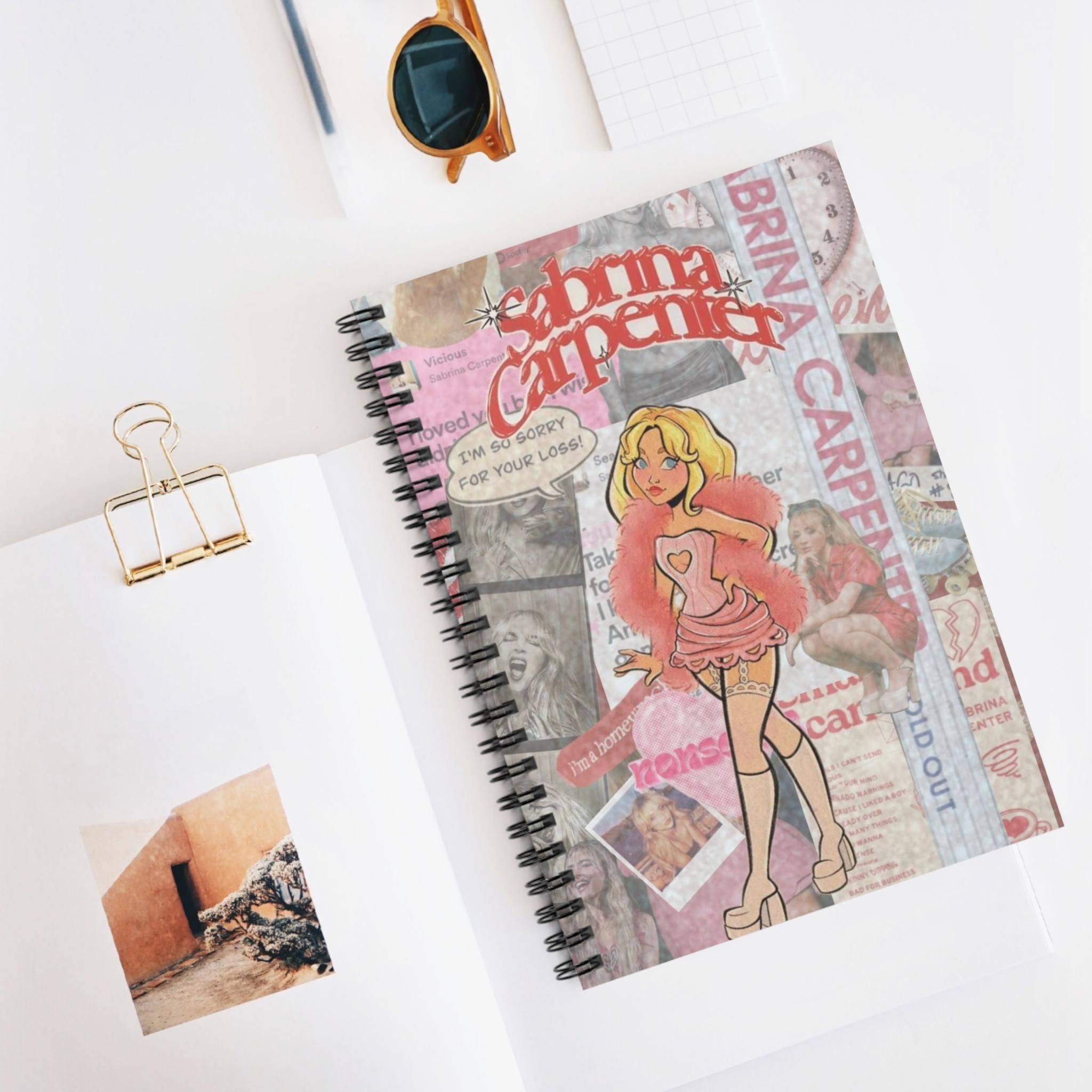
La guía definitiva de libros encuadernados en espiral: por qué son perfectos para las necesidades de su empresa
Los libros encuadernados en espiral son una opción popular para quienes buscan mantener sus documentos organizados, accesibles y profesionales.
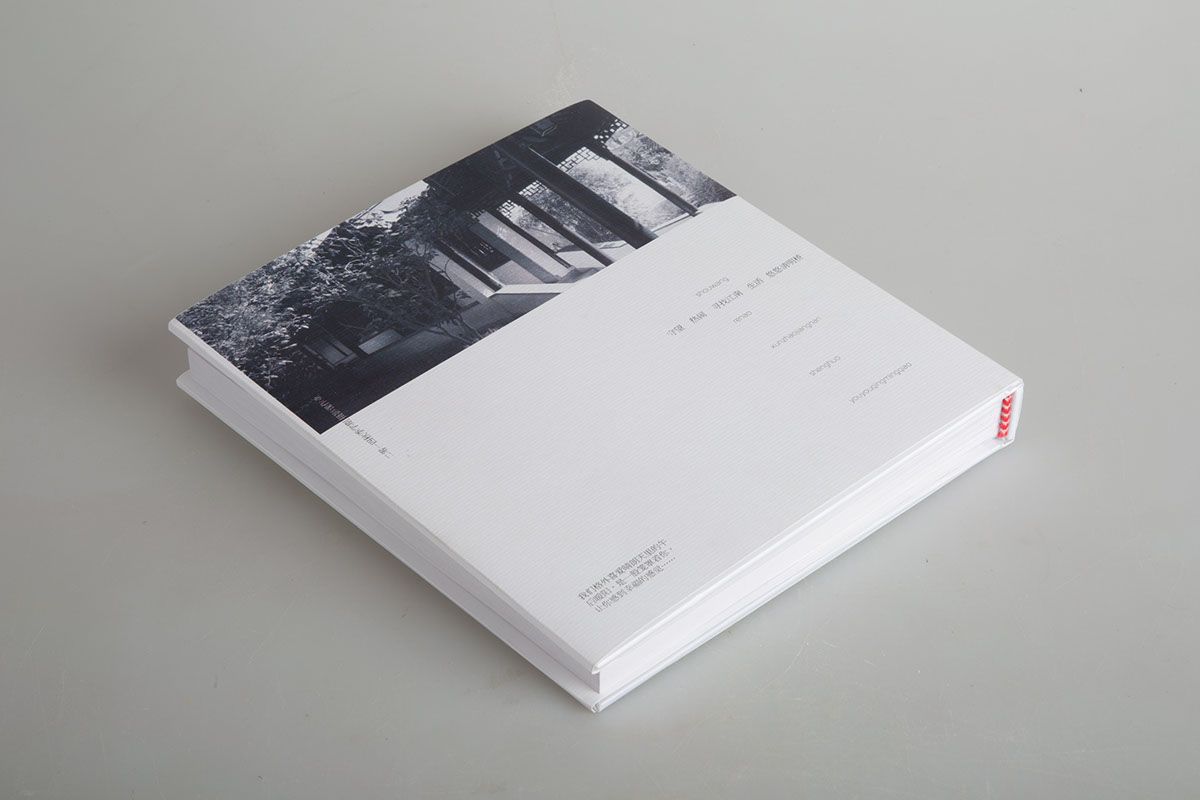
¿Cuánto cuesta la impresión de libros para la mesa de café?
Los libros de mesa de café son más que simples piezas decorativas; son expresiones artísticas que muestran fotografías, arte e historias personales.
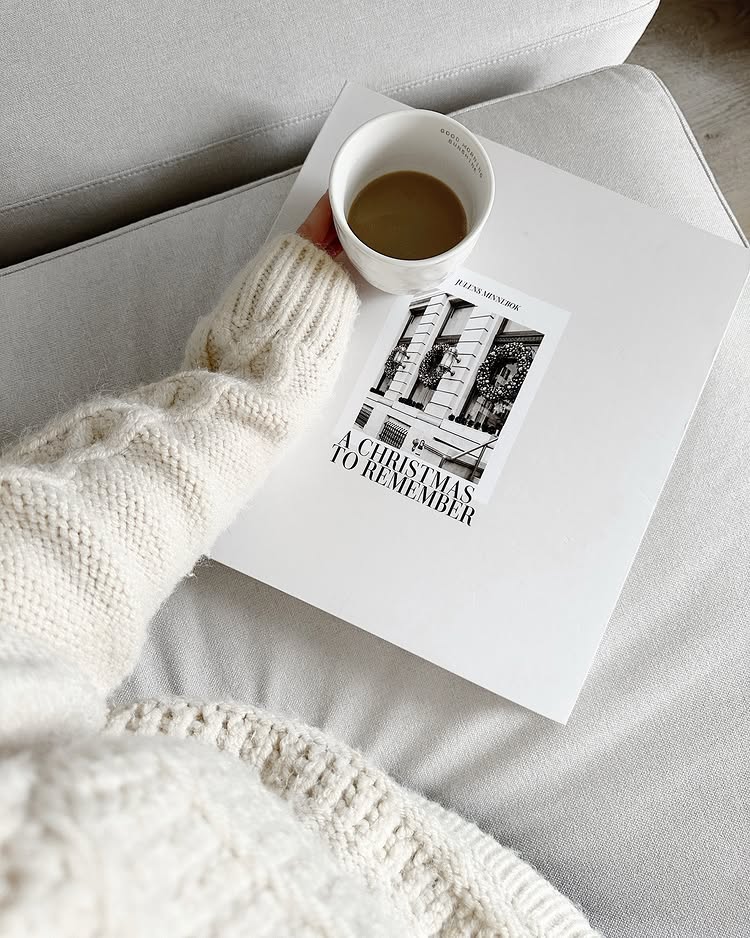
¿Cuánto cuesta crear un libro de mesa de café?
Crear un libro de mesa de café es una tarea emocionante y creativa, pero una de las primeras preguntas que surgen es: ¿cuánto cuesta crear un libro de mesa de café?
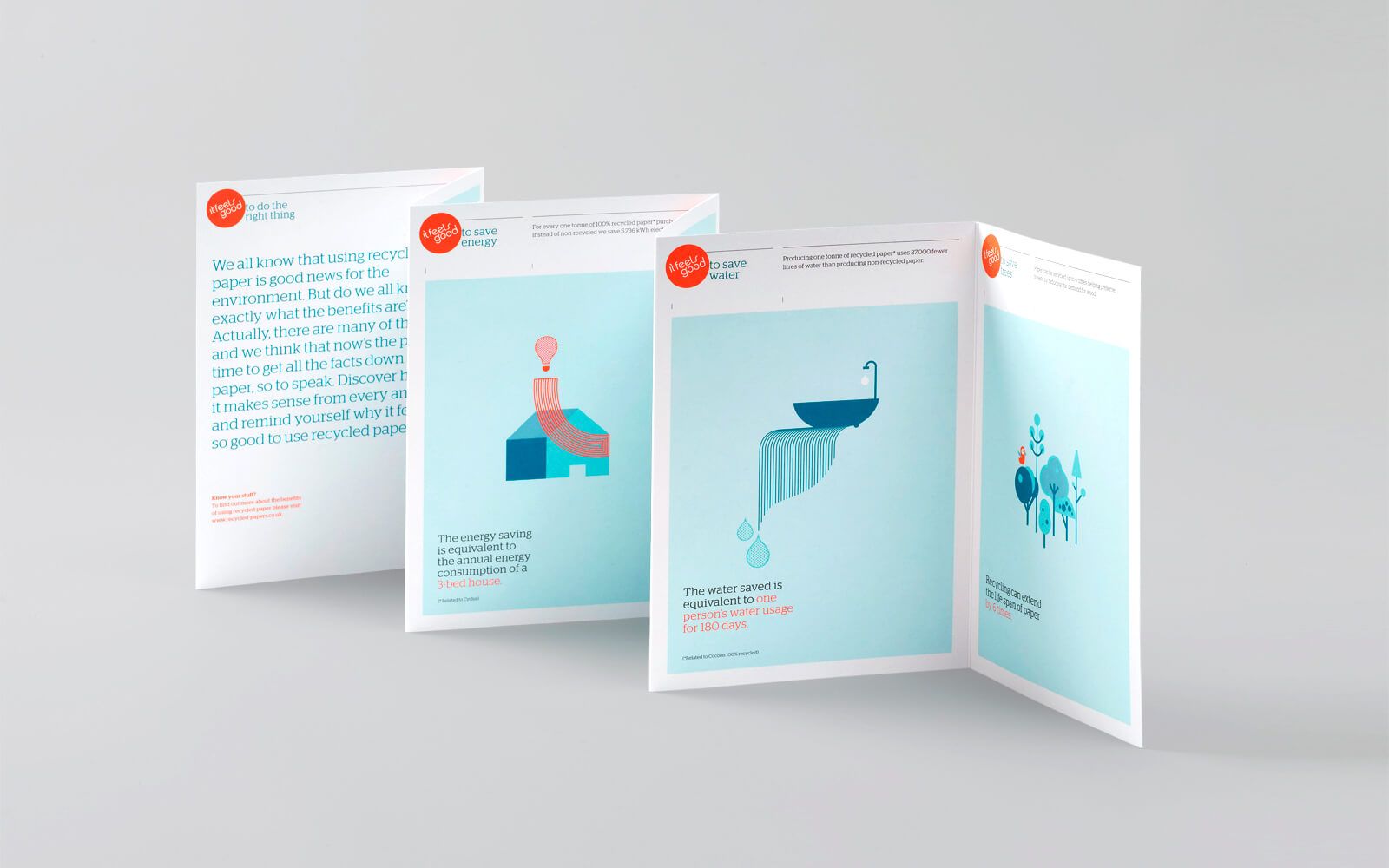
La forma más barata de imprimir un folleto en China
La impresión de folletos sirve como una herramienta versátil para transmitir su mensaje de manera eficaz, ya sea que esté promocionando un producto, alentando a los voluntarios,
Contáctenos
- +86 13946584521
- info@booksprinting.net
- 8:00 - 22:00 (lunes a domingo)
Comentarios
Blog relacionado
Encuentre las últimas tendencias y conocimientos comunes en el negocio de la impresión de libros.

La guía definitiva para diseñar portadas de libros personalizadas
Si se está adentrando en la autoedición, una de sus principales preocupaciones será encontrar opciones económicas para la impresión de libros.
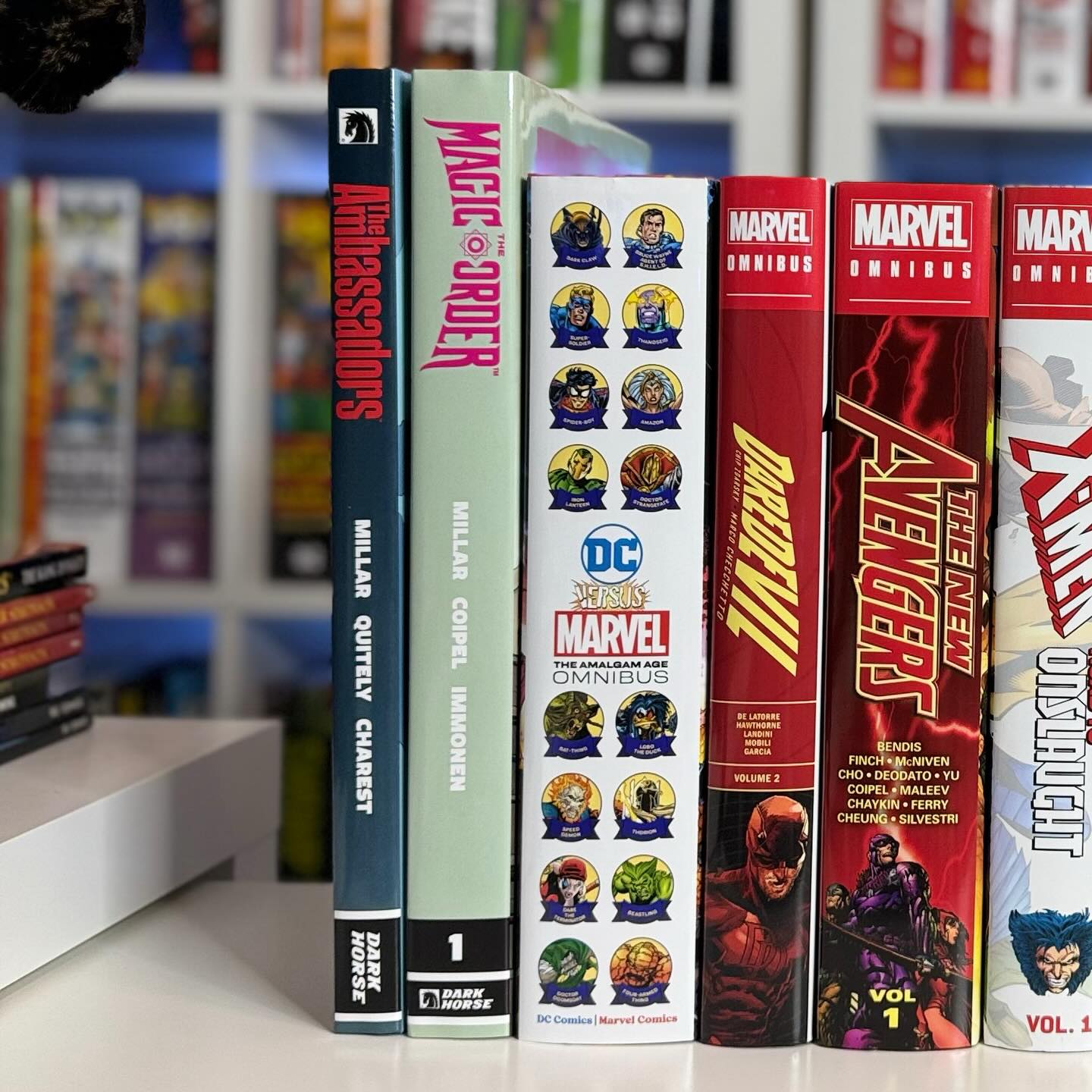
¿Cuánto cuesta la impresión de libros?
Los costos de impresión de libros pueden variar entre $2 y $20 por libro, dependiendo de factores como la cantidad, los materiales y el tipo. Por ejemplo, los libros de bolsillo son más asequibles, ya que suelen costar entre $2 y $5 para la impresión en blanco y negro, mientras que las ediciones de tapa dura o las impresiones a todo color pueden llegar a $20 debido a los mayores gastos de producción.
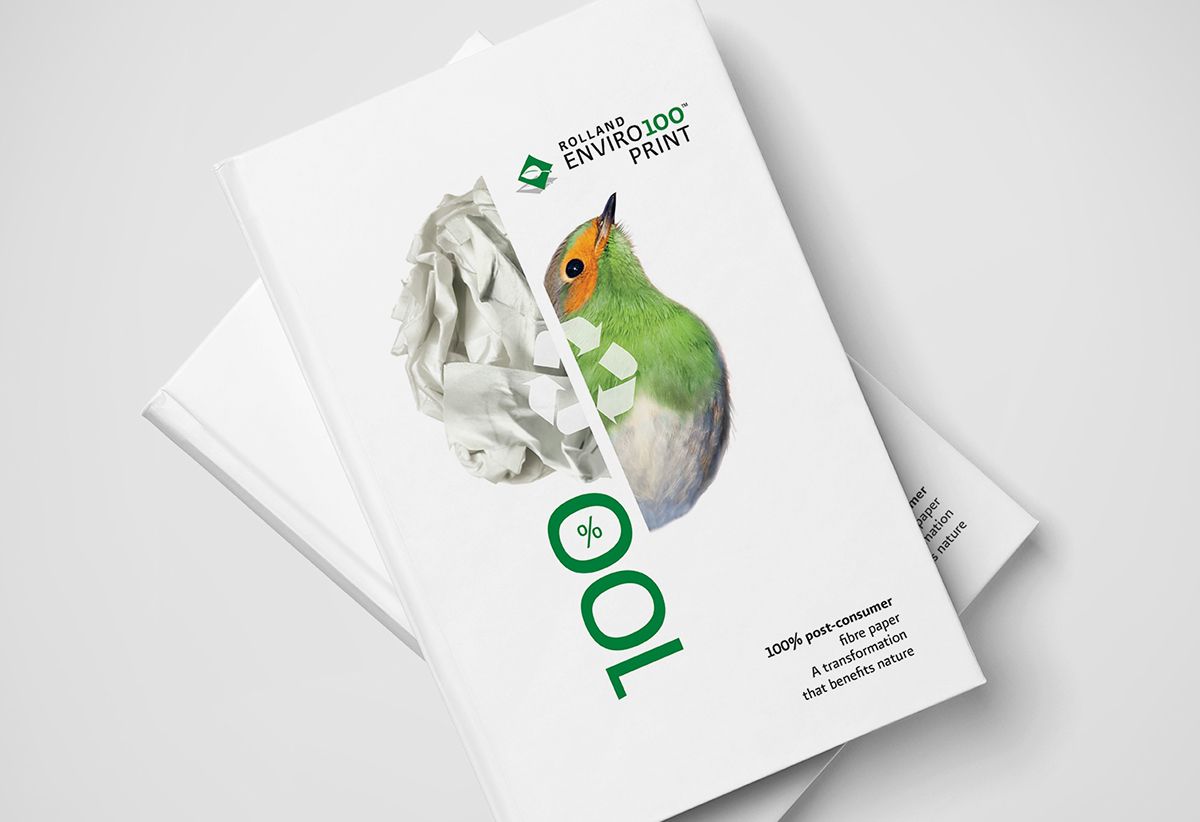
¿Cuál es el mejor tamaño para un libro autoeditado?
Si se está adentrando en la autoedición, una de sus principales preocupaciones será encontrar opciones económicas para la impresión de libros.
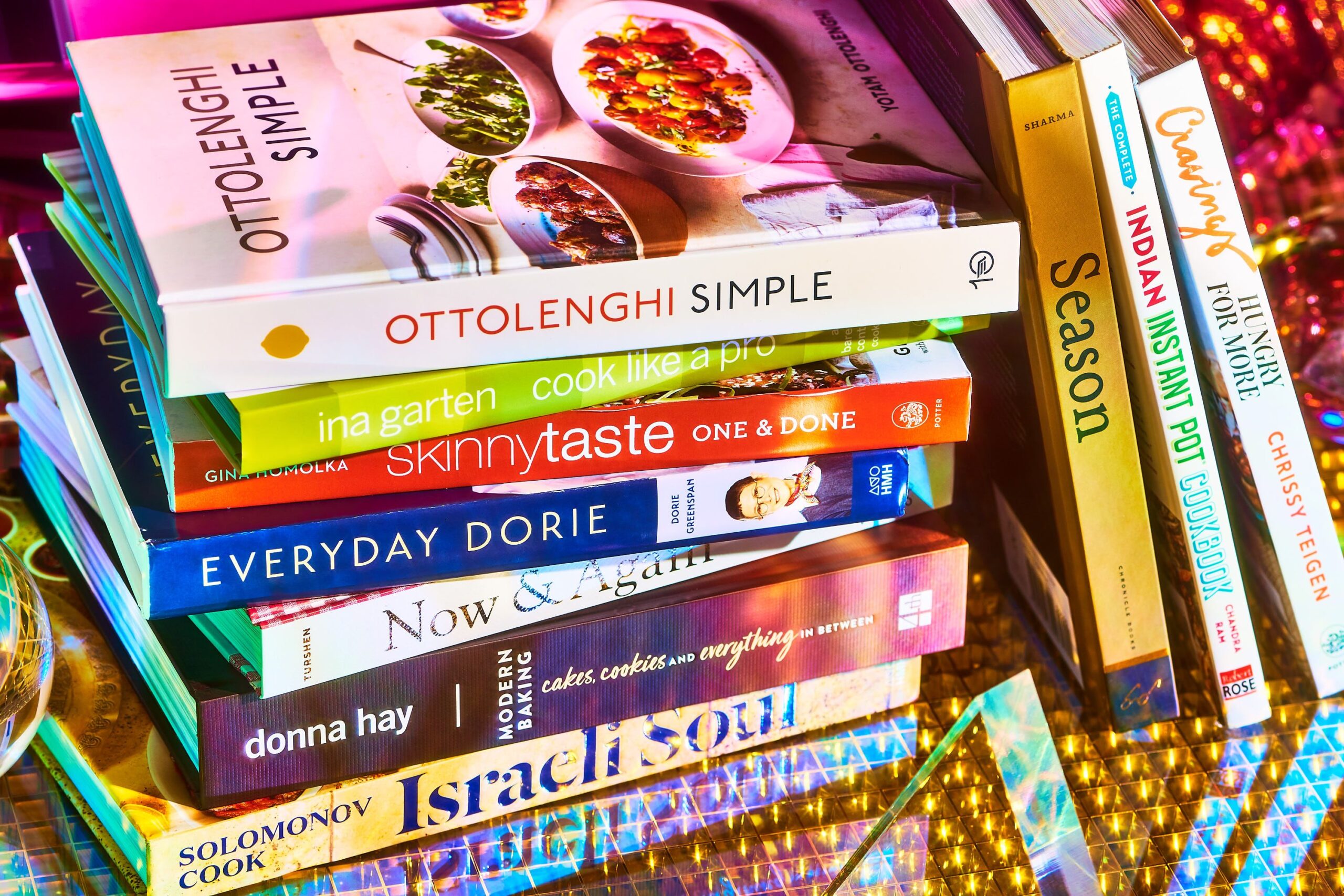
¿Cuánto cuesta imprimir un libro?
La autopublicación se ha convertido cada vez más en una opción ideal para escritores y creadores de contenido que buscan mantener el control sobre su trabajo desde la creación hasta las ventas. A diferencia de la publicación tradicional,

